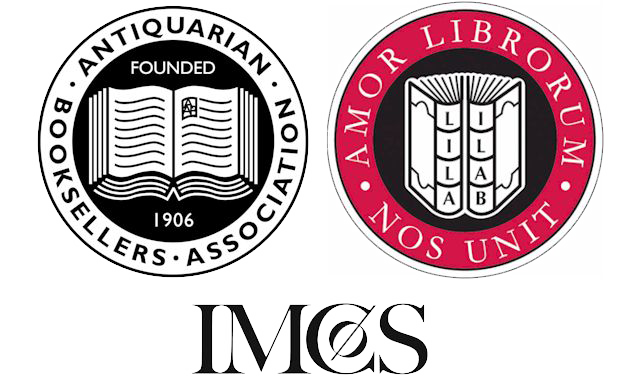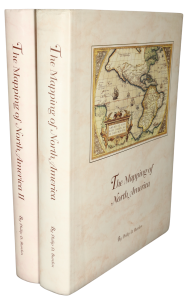Rare Maps and Prints
- World & Celestial
- North America
- West Indies, South & Central America
- British Isles
- British Isles
- English counties
- Large-scale
- Bedfordshire
- Berkshire
- Buckinghamshire
- Cambridgeshire
- Cheshire
- Cornwall
- Cumberland
- Derbyshire
- Devon
- Dorset
- Durham
- Essex
- Gloucestershire
- Hampshire
- Herefordshire
- Hertfordshire
- Huntingdonshire
- Islands
- Kent
- Lancashire
- Leicestershire
- Lincolnshire
- Middlesex
- Norfolk
- Northamptonshire
- Northumberland
- Nottinghamshire
- Oxfordshire
- Rutland
- Shropshire
- Somerset
- Staffordshire
- Suffolk
- Surrey
- Sussex
- Warwickshire
- Westmoreland
- Wiltshire
- Worcestershire
- Yorkshire
- Wales
- Scotland
- Ireland
- Western Europe
- Eastern Europe
- Middle East
- Africa
- Asia
- Australasia & Pacific
- Decorative Prints
- Title Pages
Mr. Philip D. Burden
P.O. Box 863,
Chalfont St. Giles, Bucks HP6 9HD,
UNITED KINGDOM
Tel: +44 (0) 1494 76 33 13
Email: enquiries@caburden.com
Nicholas de Fer (1646-1720) was born the youngest of eight children to the map seller, Antoine de Fer (fl.1644-d.1673), and grew to be one of the most well-known mapmakers in France in the seventeenth century. He was apprenticed in 1659 to the engraver Louis Spirinx at the age of twelve. Following the death of his father in 1673, Nicholas worked with his mother to continue the family business. On her retirement in 1687 she passed the business to Nicolas in exchange for a crown a week, unlimited bread, and a pint of wine per day (Pastoureau).
His earliest known work is a map of the Canal of Languedoc in 1669. Arguably his most famous production is his wall map of America, published in 1698. It is renowned for the beaver scene. In 1690 he became cartographer to the Dauphin of France and eventually to Louis XIV himself. From 1690 he began publishing his own books such as ‘Les Forces de l’Europe’, and the ‘Petit et Nouveau Atlas’ in 1697. His first wall map, in 1694, was naturally of the world, and this was followed by a set of four continents.
The British possessions are hemmed into the coast of North America and include Acadia.
In South America the mythical Lake Parime is excluded but the Orinoco and Amazon Rivers are still connected. Sea routes to and from the tip of South America are displayed and a fabulous inset of the Rio de la Plata is found lower right. The scene accompanying this is the mountain of Potosi, the source of fabulous silver reserves with an image of panning for gold in the water nearby. The whole is wonderfully engraved by P. Starckman and dedicated to Monseigneur le Comte de Toulouse.
The text beneath describes the voyage of Jacques le Hermite (1582-1624) in 1623-5 to present day Argentina and Tierra del Fuego. Le Hermite himself died on the voyage in Callao on the Peruvian coast. The map was a model for the later reduction by Henri Abraham Chatelain published in 1719 and Hermann Moll. An extremely rare map, no examples are traced in the Library of Congress or the British Library.
This example is from the magnificent collection of the Duke of York, (1763-1827) unfortunately distributed at Sotheby’s in May 1827. The second son of King George III, he early on entered the military. His unfortune experiences can often be laid at the poor state of the military forces. It however led to the mocking rhyme ‘The Grand Old Duke of York’. He is now credited with reshaping the armed forces to be more professional and merit based. He became Commander-in-Chief during the Napoleonic Wars. His collection when auctioned was described as being ’88 folio double book cases’ which contained 5,500 maps, each of which bore his distinctive bookplate with manuscript volume and map number below. Provenance: With bookplate of Frederick Augustus, Duke of York, (1763-1827); Sotheby’s May 1827; collection of Hein Wenzel, Berlin with stamp; Richard B. Arkway Inc. 2000; Juan and Peggy Rada Collection. Harley & Walters (1978); Howgego (2003) L81; Leighly (1972) 137 Martinic (1999) p. 197 no. 114; McLaughlin & Mayo (1995) 186; ODNB; Pastoureau (1984); Suarez (2004) pp. 104-5; Wagner (1937) 506.








